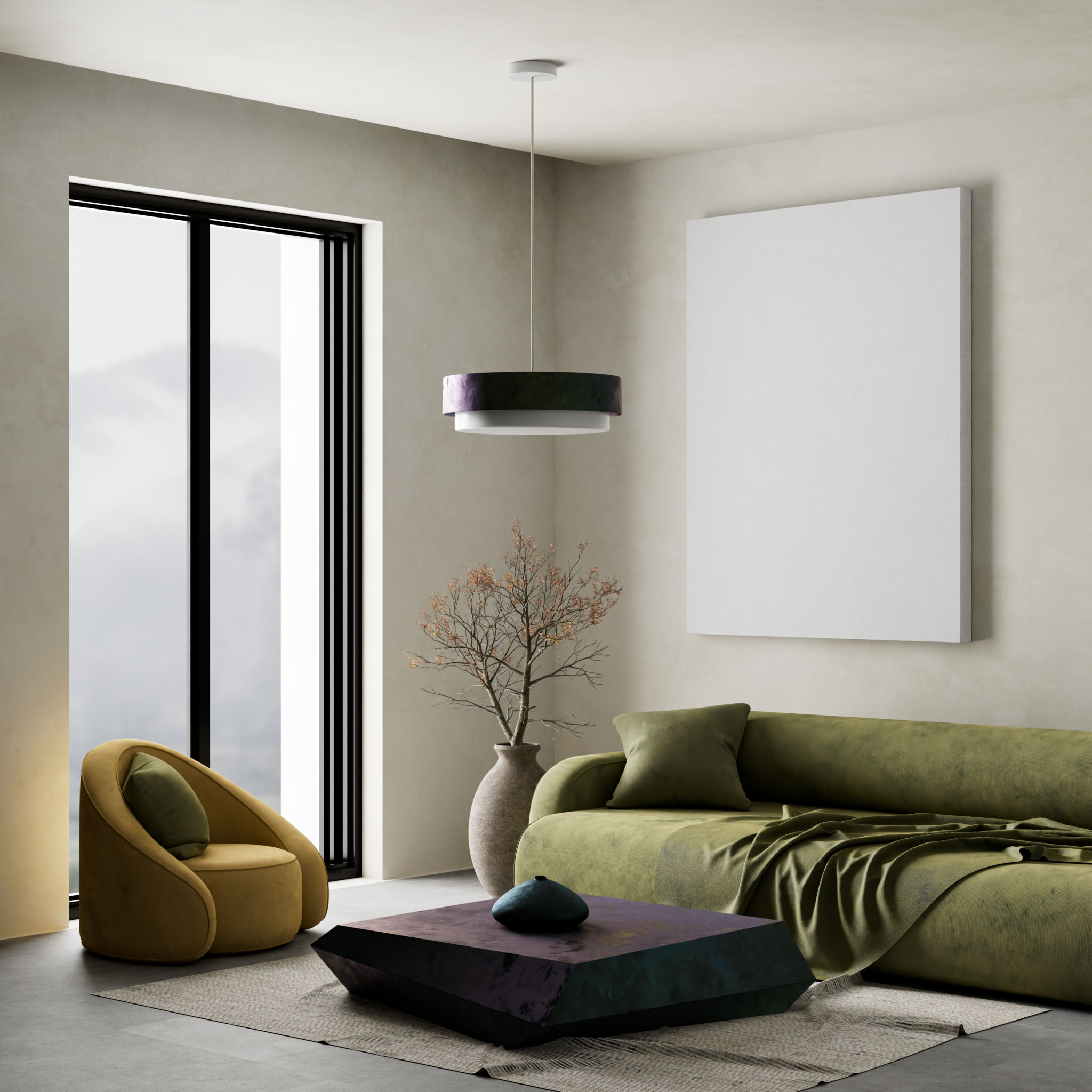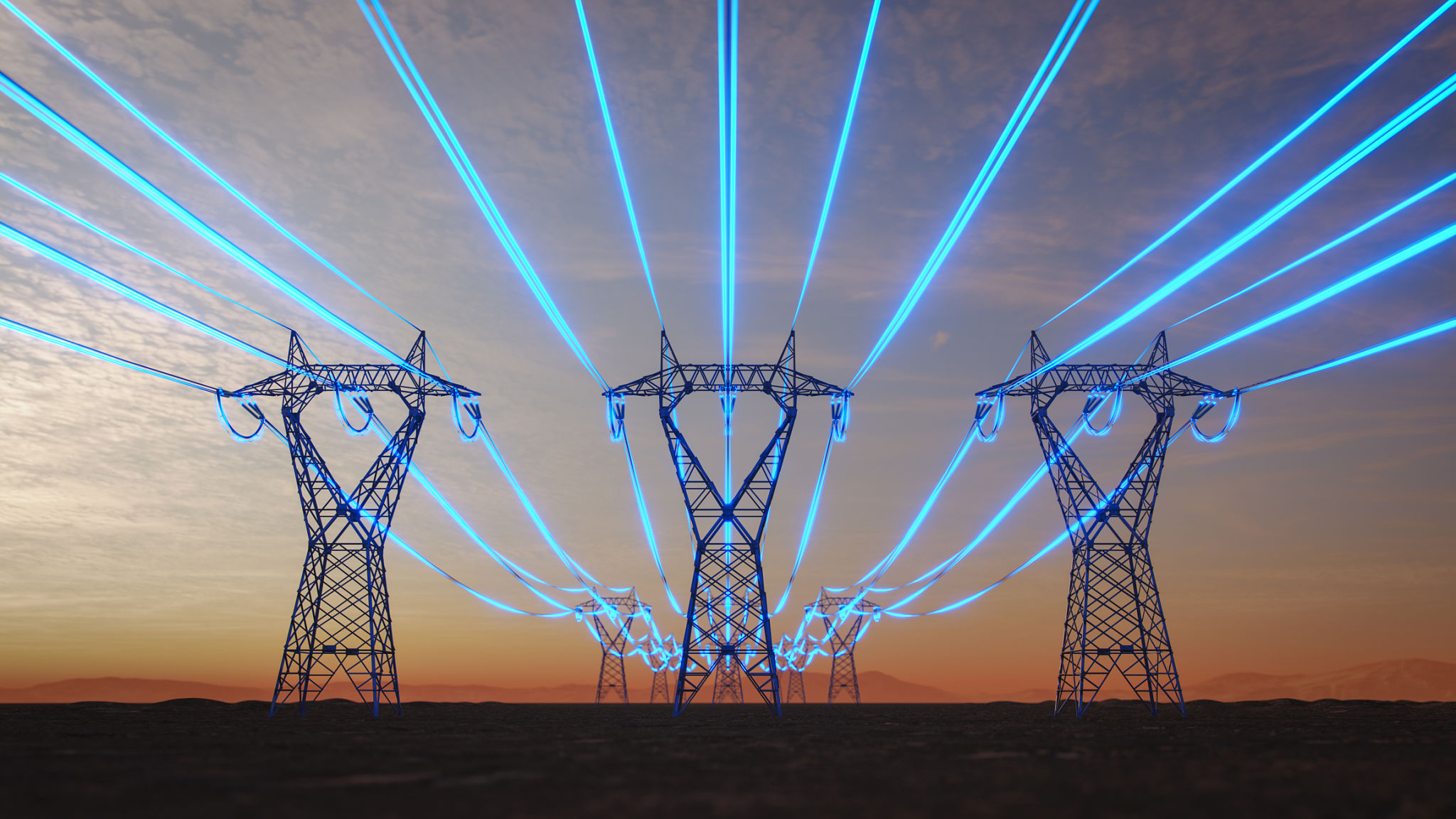The Ultimate Guide to Modern Design Trends
Understanding Modern Design Trends
In recent years, modern design trends have evolved significantly, reflecting changes in technology, culture, and personal preferences. These trends have transformed the way we perceive and interact with spaces, products, and interfaces. With a focus on minimalism, functionality, and sustainability, modern design is all about creating environments that are both aesthetically pleasing and highly functional.

Minimalism: Less is More
One of the most enduring trends in modern design is minimalism. This style emphasizes simplicity and clarity by removing unnecessary elements and focusing on what truly matters. Minimalist design often features clean lines, neutral color palettes, and open spaces. By reducing clutter and distractions, minimalism creates a sense of calm and order.
Minimalist design isn't just about aesthetics; it also promotes functionality. By incorporating only essential elements, this approach ensures that spaces and products are easy to use and maintain. Whether it's a sleek piece of furniture or a thoughtfully designed website, minimalism enhances the user experience by prioritizing usability.
Sustainability in Design
As environmental concerns continue to grow, sustainability has become a key focus in modern design. Designers are increasingly looking for ways to reduce waste, conserve resources, and create eco-friendly products. This trend is evident in the use of sustainable materials like bamboo, recycled plastics, and upcycled furniture.

Moreover, sustainable design often involves creating products that are built to last. By prioritizing durability over disposability, designers are helping to reduce the environmental impact of consumer goods. Whether it's through energy-efficient appliances or zero-waste packaging, sustainability is becoming an integral part of modern design practices.
Biophilic Design: Connecting with Nature
Biophilic design is another trend gaining traction in the modern design landscape. This approach seeks to connect people with nature by incorporating natural elements into built environments. From indoor plants to natural lighting and organic materials, biophilic design creates spaces that promote well-being and reduce stress.

This trend is particularly popular in urban areas where access to nature may be limited. By bringing elements of the natural world indoors, biophilic design can help improve air quality, boost creativity, and enhance overall health. It's a perfect example of how modern design can positively impact our lives.
Technology Integration
Technology plays a crucial role in shaping modern design trends. The integration of smart technology into everyday objects has transformed the way we interact with our surroundings. From smart homes to wearable tech, designers are finding new ways to incorporate technology seamlessly into their designs.
This trend is not just about adding gadgets; it's about enhancing functionality and convenience. For example, smart lighting systems can adjust color and intensity based on time of day or user preferences, while voice-activated assistants can control various aspects of a home. Technology integration allows for more personalized and efficient living experiences.

Conclusion: Embracing Modern Design
Modern design trends are constantly evolving, driven by changes in technology, culture, and environmental consciousness. By embracing these trends, designers can create spaces and products that are not only visually appealing but also functional and sustainable. From minimalism to biophilic design, the focus is on improving quality of life while being mindful of our impact on the planet.
As we look to the future, it's clear that modern design will continue to innovate and adapt to meet the needs of an ever-changing world. By staying informed about these trends and incorporating them into our own lives, we can all contribute to a more beautiful and sustainable future.
